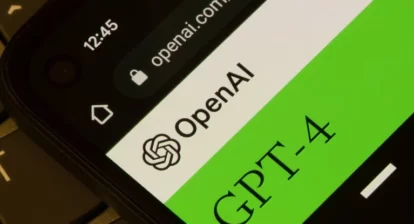In a groundbreaking development, students from Visvesvaraya National Institute of Technology (VNIT) have made significant strides in advancing the capabilities of drones and driverless vehicles. Their innovative technology integrates inbuilt maps and rule-based algorithms, propelling these autonomous machines to new heights of efficiency and safety.
The integration of inbuilt maps and rule-based algorithms has been a critical challenge in the realm of autonomous transportation. VNIT students have successfully overcome this challenge, opening up a world of possibilities for the future of transportation technology.
Enhancing Navigation through Inbuilt Maps
One of the key components of this technology is the utilization of inbuilt maps. Drones and driverless vehicles rely heavily on precise navigation, which is often achieved through the use of GPS and satellite data. However, these methods have limitations, especially in environments where signals may be weak or unavailable.
VNIT students have developed a solution by incorporating detailed inbuilt maps into the vehicles’ systems. These maps are created through a combination of advanced mapping techniques, LiDAR (Light Detection and Ranging) technology, and computer vision. As a result, the vehicles can navigate with greater accuracy and adaptability, even in challenging terrains or areas with poor GPS signal coverage.
Rule-Based Algorithms for Real-time Decision Making
In addition to inbuilt maps, VNIT students have implemented rule-based algorithms that enable drones and driverless vehicles to make real-time decisions. These algorithms are designed to mimic human-like decision-making processes, allowing the machines to respond to unexpected obstacles or changing road conditions swiftly.
The rule-based algorithms consider a variety of factors, such as vehicle speed, traffic patterns, weather conditions, and pedestrian movement. This comprehensive approach ensures that autonomous vehicles can adapt to various scenarios effectively, prioritizing safety and efficiency.
Benefits for a Wide Range of Applications
The integration of inbuilt maps and rule-based algorithms has far-reaching implications across various industries. Some of the notable benefits include:
- Improved Safety: With enhanced navigation and real-time decision-making capabilities, the risk of accidents and collisions is significantly reduced, making transportation safer for all.
- Efficiency: Drones and driverless vehicles equipped with this technology can optimize routes, reduce travel time, and increase fuel efficiency, offering economic benefits and environmental advantages.
- Precision Agriculture: In agriculture, autonomous drones equipped with this technology can precisely monitor and manage crops, leading to increased yields and reduced resource consumption.
- Logistics and Delivery: E-commerce and logistics companies can streamline their operations, ensuring faster and more reliable delivery services.
- Emergency Response: Autonomous vehicles can be crucial in delivering aid and medical supplies to remote or disaster-stricken areas with minimal human intervention.
- Urban Mobility: This technology can contribute to the development of efficient and sustainable urban transportation systems, reducing traffic congestion and emissions.
VNIT students’ innovative approach to integrating inbuilt maps and rule-based algorithms has the potential to transform the way we perceive and use autonomous vehicles and drones. Their research and development efforts mark a significant milestone in the journey toward safer, more efficient, and environmentally friendly transportation solutions.
As the technology continues to evolve, it is likely that more industries will adopt these advancements, bringing us closer to a future where autonomous transportation is not just a reality but a necessity for our ever-growing and dynamic world. VNIT students have paved the way for a brighter and more automated future, where the possibilities are limited only by our imagination.








Customer Reviews
Thanks for submitting your comment!